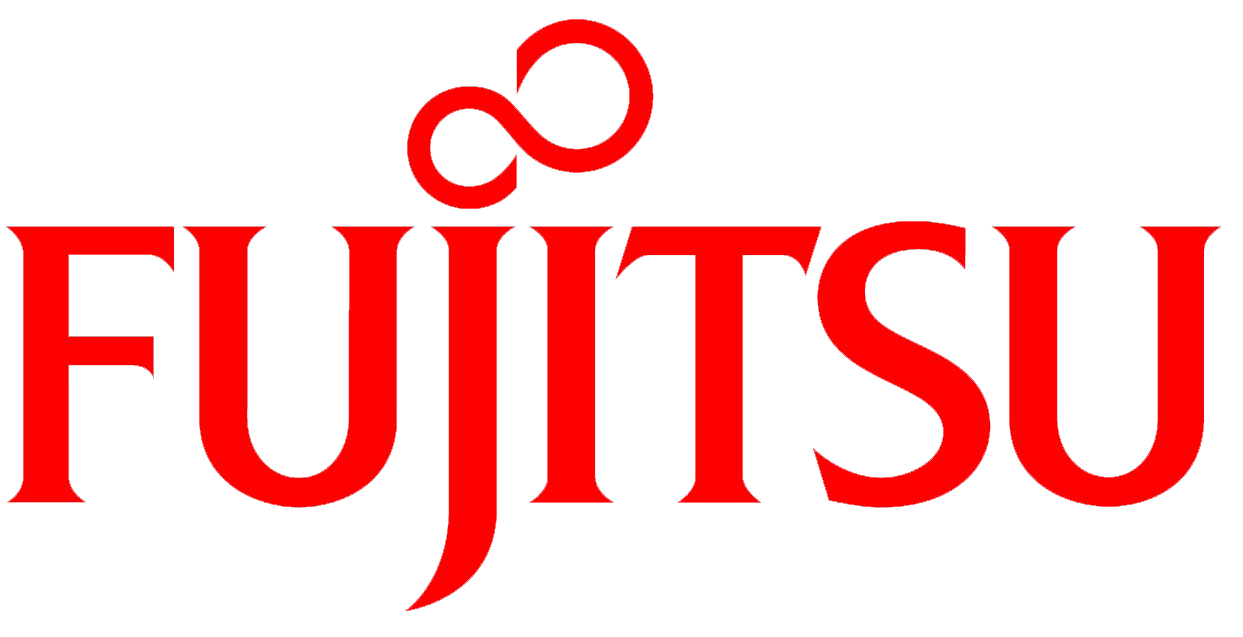Would you consider putting a scanner on an airplane and testing it thousands of metres in the sky exhaustive? Fujitsu doesn’t. It stands by its rigorous testing practices, and believes it is better to overtest scanners people and companies are going to pay good money for and rely on than to rush-test them to get them to market quickly. Fujitsu does not see this as an overly fastidious approach but simply as the best way to deliver the highest quality scanner money can buy.
Quality-first approach
Fujitsu separates itself from many of its peers with a belief that products made for human beings should be tested and signed off on by human beings. Products that have human fingerprints on them at all stages of their development are more likely to fulfill the expectations and needs of the people who end up purchasing and using them in their daily personal and professional lives.
“Our inspections are so exhaustive that other departments are surprised when they see them done,” said Satoshi Sakai, manager of the Imaging Quality Assurance Department. “We cannot allow even the smallest slip-up.”
Fujitsu scanner testing
Fujitsu scanners are subject to the following rigorous series of tests:
- Overseas Test, which involves sending test products overseas by airplane and then transported by truck. This test ensures the product can stand up to the delivery process.
- Vibration Test, wherein the test product is subjected to intense shaking, and drop-testing. A positive result in this test is further assurance that the product can survive being transported, and in addition can stand up to rough everyday use.
- Dust Test, in which the product is verified as being dust-tight. This means the scanner can be used even in dusty or polluted environments, where air quality is poor and particles would otherwise get into the scanner mechanisms and cause malfunctions.
- Pressure Test, which involves the product being tested at a height of 3000 metres or more. A successful result on this test, which recognizes that low air pressure affects the quality of images as well as lens resolution, ensures the product can be used at any and every land elevation.
- Electromagnetic Test, or “Measurement of Electromagnetic Emissions at Large Test Facilities” Test, which involves the product being tested at a radio-frequency anechoic chamber to make sure it does not interfere with smartphone or PC signals. A successful test result means the product is in compliance with regulations around the world.
When it comes to products and product testing, Fujitsu believes wholeheartedly in the adage that “an ounce of prevention is worth a pound of cure.” Fujitsu will continue to honour its policy of excessive testing, and in so doing honour its growing base of loyal, quality-loving customers.
For information about all the work that goes into making Fujitsu scanners top-quality products, read “Reliable High Quality.”
Learn about the manufacturing process around Fujitsu scanners by reading “Safe and Reliable Manufacturing.”
For more about the leading technology behind Fujitsu scanners, see “Technology Development That Keeps Pushing the Boundaries.”
For information about the special Core Image Scanning Technology behind Fujitsu scanners, see “Core Image Scanning Technology.”

